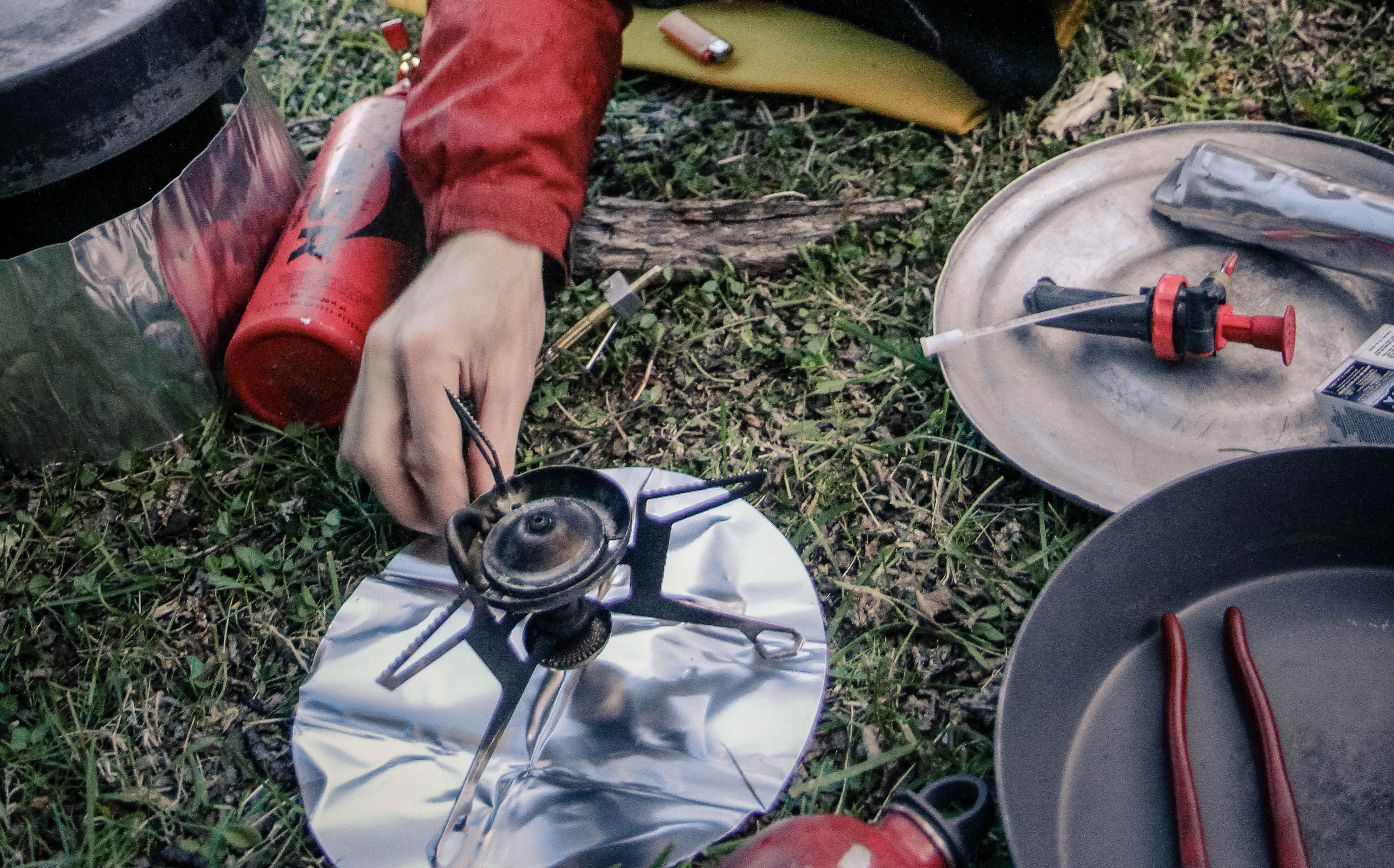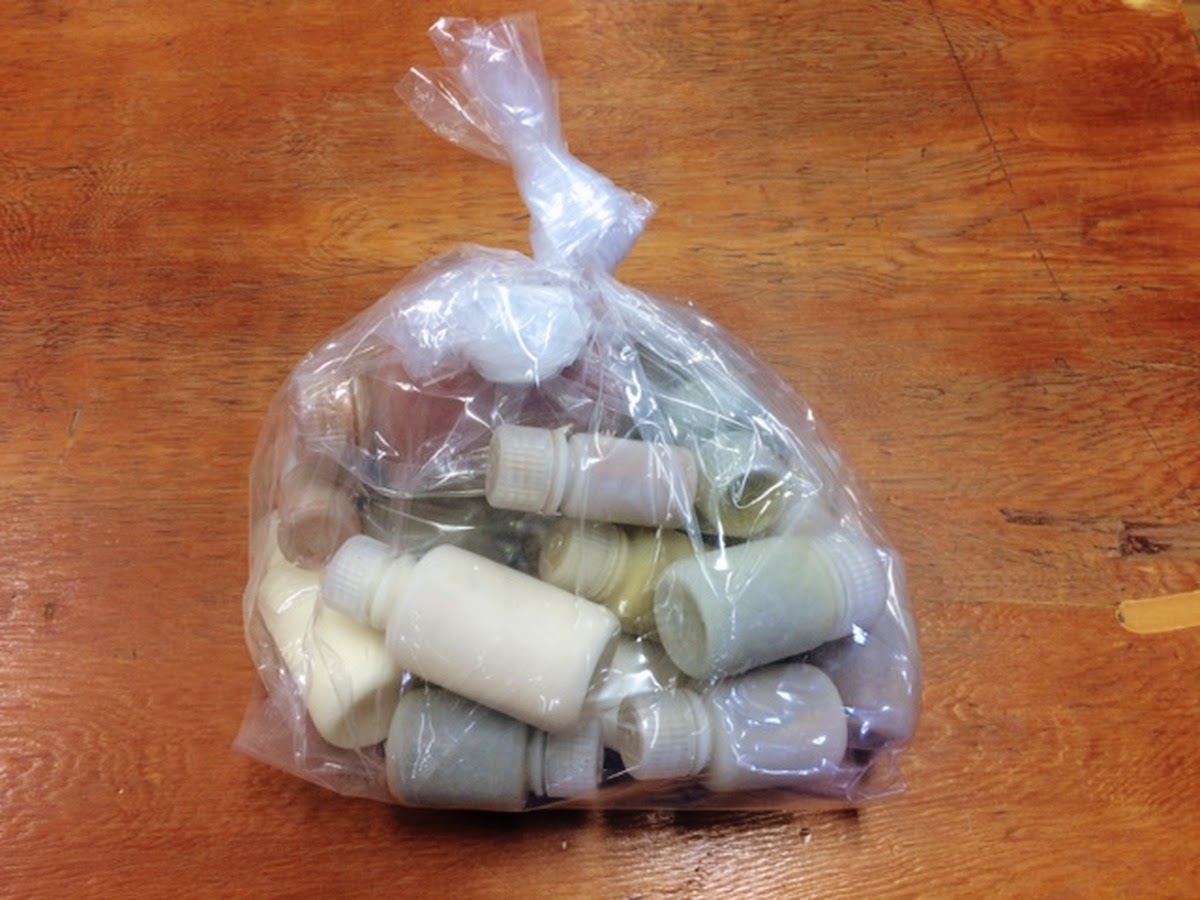Fortunately, fixing gear isn’t complicated — as long as you have the right tools. It’s a key part of any course at NOLS (National Outdoor Leadership School). A few tips will keep you from having to sleep in a holey tent or walking around with ripped pants for a month.
The longer or more remote your trip is, the more important it is for you to know how to fix your gear and to carry an adequate repair kit — especially for things like touchy stoves, rips in your clothing, and holes in your shelter. When there’s a rip in your tent, you don’t want to be scrambling to fix the hole while the mosquitos enjoy an easy entrance to your haven.
And there’s an additional benefit: Keeping a piece of gear in use creates less waste in the world. It’s a tangible way for you to impact the environment positively.
Here are fixes for some of the common gear malfunctions NOLS instructors see during courses. These will make your next trip run a little smoother.
Broken Tent Zipper

Tent zippers are easy to break, but luckily that’s easy to prevent. Before we get into repairs, here are three ways you can prevent your tent zipper from breaking:
- Clip, then zip. Many tents have a clip or buckle at the bottom of the zipper — when you’re closing the tent, clip it before you zip. This puts less tension on the zipper. When you’re opening the tent, unzip first, then unclip the buckle.
- Zip slowly. When opening and closing the tent, take your time. That way, if you catch any material in the zipper, you can pull it out easily.
- Stay clean. Keep zippers clean so there isn’t any debris to throw off the zipper’s alignment. Usually, shaking out the tent before packing it will do. When you’re home, you can wash a zipper with a washcloth and soapy water or put the whole tent in a washing machine using the gentlest setting (unless the tent manufacturer says otherwise!).
To replace a broken zipper pull, you’ll need a set of pliers and a pull that matches the size of your tent and the zipper chain (find extra zipper pulls in a tent repair kit).
Remove the fabric or metal stopper at the bottom of the zipper, slide off the broken pull, slide on the new one, and replace the stopper. (Get a more detailed look at the repair process here.)
Ripped Rainfly
Your tent’s rainfly can get ripped by a strong wind or a careless trekking pole. A handy fix that lasts a while is a simple patch, either from the manufacturer or even your sleeping pad’s repair kit (if you use an inflatable pad).
Make your patch more effective by cleaning the surface of your rainfly before applying the patch and rolling a hot water bottle over the patch as you apply it. Many NOLS instructors will also brush the edges of the patch with something like Sil-Net, Seam Grip, or repair tape on the inside and outside of the fly.
If you add something like Seam Grip or Sil-Net, make sure it’s compatible with the material of your tent. Seam Grip, for example, works well for many materials but will comes off of silicone-coated material.
Why not just use duct tape, you ask? Duct tape works as a short-term fix, but over time it damages the material of the fly, leaving a gooey mess when it peels off.
Broken Camp Stove
One of the most common questions students asked instructors on my last course was not about the wildflowers or the glacier-carved granite of the Wind River Range — but rather, “Can you help us with our stove?”
The stoves NOLS primarily uses are liquid-fuel burning WhisperLite stoves. You know these stoves aren’t working properly if you don’t hear a strong, steady roar, or if the flames sputter and burn yellow rather than blue.
There are two easy fixes for these problems. First, make sure the stove is adequately pumped. Most of the time, that weak yellow flame comes from a lack of pressure, and pumping the stove (a lot) will address that.
If pumping doesn’t work, shake the stove vigorously. It’s unsophisticated but clears out anything that might be blocking the fuel line (these stoves have a built-in shaker needle that helps poke built-up carbon out of the jet).
Ripped Pants
For rips in your clothes, you can simply fix the tear with a needle and thread. Patches you can find at gear stores work well too.
“Knowing how to sew and use a Speedy Stitcher has saved me a great deal of duct tape use,” NOLS instructor Steve Robitshek told us.
Check out how to use a Speedy Stitcher below.
For waterproof clothing, like rain gear — in addition to sewing — apply a thin layer of Seam Grip to both sides of the rip to keep it waterproof.
Bonus: Food Repair
Also known as the “spice kit,” your food repair kit may be one of your best friends on the trail. Whether you’re doing bulk rationing or making your own lightweight meals, adding some spices or packing your favorite hot sauce can fix a boring meal into something delicious. Do not underestimate the power of salt and pepper.
This article is sponsored by NOLS, a nonprofit global wilderness school providing powerful and authentic outdoor wilderness experiences. You can find additional NOLS articles and course information here.










